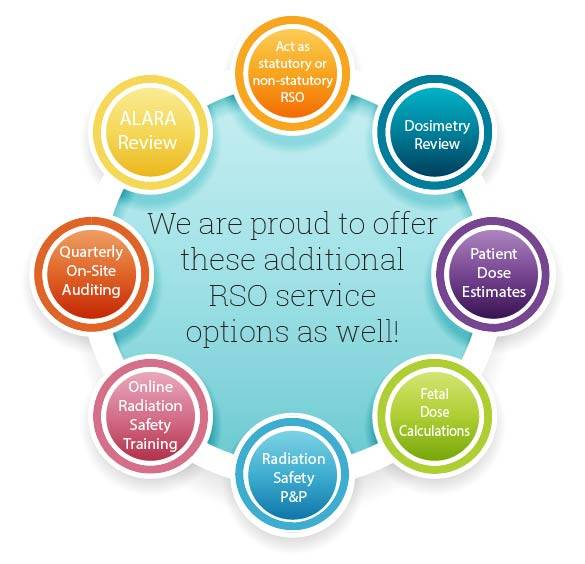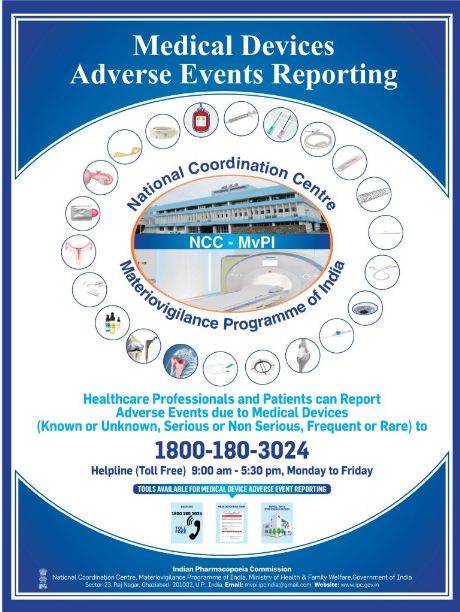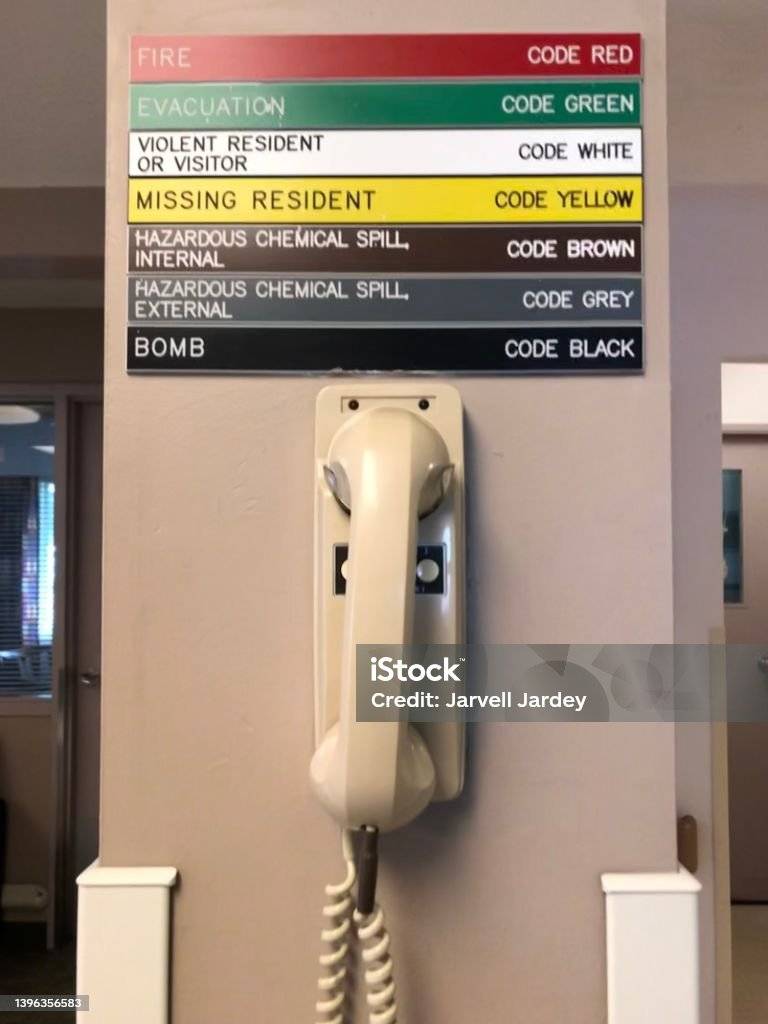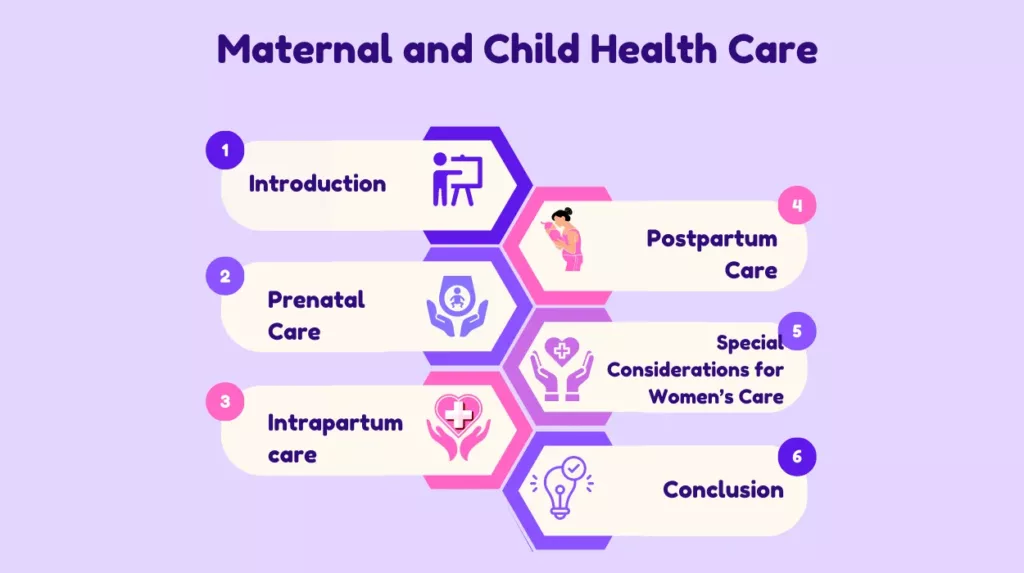Patient Monitor Alarms: What They Mean and How Nurses Respond
In healthcare, patient monitor is essential tools, continuously tracking vital signs such as heart rate, blood pressure, oxygen saturation, and more. These systems not only display real-time data but also trigger alarms when a patient’s readings deviate from safe ranges. Understanding these alarms and how nurses respond is crucial to ensuring patient safety and effective care.
Types of Patient Monitor Alarms
- Physiological Alarms
These alarms are triggered when a patient’s vital signs deviate from pre-set normal ranges. For example:- Heart Rate (HR) Alarm: Activated if the heart rate exceeds or falls below acceptable limits.
- Blood Pressure (BP) Alarm: Alerts when systolic, diastolic, or mean arterial pressures are abnormal.
- Oxygen Saturation (SpO2) Alarm: Sounds when oxygen levels drop below a safe threshold.
- Technical Alarms
These indicate malfunctions or errors with the monitoring equipment itself, such as:- Sensor Disconnection: If leads or probes detach, the system will notify staff.
- Battery/Power Failure: Alerts for low battery or complete power loss.
- Advisory Alarms
These less urgent alarms provide important information but don’t always signal life-threatening situations. For instance, a lead disconnection could prompt an advisory alarm to fix the issue before it affects monitoring accuracy.
Understanding the Alarm Levels
- High Priority: Immediate action is needed. For instance, a sudden drop in SpO2 might require quick intervention to ensure the patient’s oxygen supply.
- Medium Priority: Requires timely assessment but may not be an emergency. An elevated heart rate might warrant checking for pain or anxiety.
- Low Priority: Generally informative or advisory. A disconnected ECG lead might require reattaching, but it’s not immediately life-threatening.
How Nurses Respond to Alarms
- Initial Assessment
When an alarm sounds, nurses first assess the patient’s condition to determine the urgency. This might involve checking the patient’s appearance, breathing, or consciousness level. - Alarm Verification
Sometimes alarms can be triggered by benign conditions like patient movement, which might temporarily cause irregular readings. Nurses verify whether the alarm indicates a true clinical problem or a technical issue with the monitor. - Intervention
If the alarm is linked to a serious issue, such as a rapid drop in oxygen saturation, nurses act immediately. This could involve:- Administering oxygen.
- Adjusting ventilator settings.
- Alerting a physician or initiating emergency protocols.
- Re-calibration or Troubleshooting
In the case of technical alarms, nurses may re-calibrate the monitor, reconnect leads, or troubleshoot the equipment. Ensuring the system is functioning properly is crucial for continuous monitoring. - Alarm Customization
Nurses often work with physicians to customize alarm settings based on each patient’s baseline vitals. This minimizes false alarms and ensures alarms are clinically relevant.
Alarm Fatigue: A Growing Concern
One of the biggest challenges in modern healthcare is alarm fatigue. Nurses are bombarded with numerous alarms throughout their shifts, many of which are false or non-urgent. Over time, the constant noise can lead to desensitization, where alarms might be ignored or delayed in being addressed. This can compromise patient safety. Strategies to combat alarm fatigue include:
- Tailoring alarm settings to the patient’s condition.
- Prioritizing critical alarms over non-urgent ones.
- Regularly maintaining equipment to minimize technical errors.
Conclusion: The Role of Vigilance
Patient monitor alarms are a lifeline in healthcare, acting as early warning systems for life-threatening conditions. Nurses play a critical role in interpreting these alarms, balancing swift intervention with discernment to prevent unnecessary panic. By staying vigilant and responding appropriately, they ensure that patient care is timely, effective, and safe.
Incorporating regular training and reviewing alarm management protocols can help nurses improve their responses, reduce alarm fatigue, and maintain the highest standards of patient care.











Leave a Reply